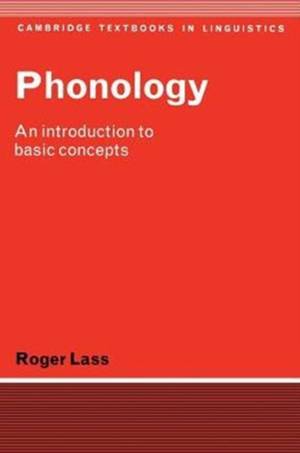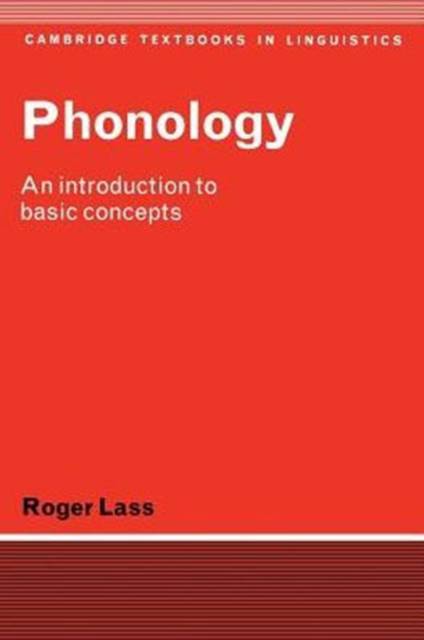
- Afhalen na 1 uur in een winkel met voorraad
- Gratis thuislevering in België vanaf € 30
- Ruim aanbod met 7 miljoen producten
- Afhalen na 1 uur in een winkel met voorraad
- Gratis thuislevering in België vanaf € 30
- Ruim aanbod met 7 miljoen producten
Zoeken
Omschrijving
What is the phonological organisation of natural languages like? What theoretical and analytical approaches are most fruitful? Is there any phonological theory that is 'the best' in all ways? The student of phonology is currently faced with a number of major and apparently competing theories, and the textbook writer who genuinely wishes to confront these questions is faced with the task of assessing the contribution each theory can make, while avoiding the merely fashionable or ephemeral in this contentious and evolving discipline. Roger Lass sees phonology as essentially a problem-centred discipline. Since in his view none of the supposedly comprehensive answers proposed to the questions raised above is really comprehensive or acceptable in all its detail, he concentrates rather on introducing the student to the perennial concerns in the study of sound structure. Hence his book adopts a broad and eclectic framework, unbiased toward any one model or theory. Instead, important aspects of the phenomenology of sound structure are discussed in relation to the particular phonological theory - be it Prague phonology, American structuralism, prosodic phonology, generative phonology - for which they are most salient. The book surveys a wide range of competing theories, analytical strategies, and notational systems, and attempts to provide a coherent intellectual and historical perspective on a discipline which has too often been viewed recently as developing via a series of 'revolutions'. Although this textbook assumes some command of phonetics, little other linguistic background is presupposed, and the author carefully provides the groundwork for each new development before it is introduced. In addition, the book deals in detail with two areas not customarily treated extensively in introductory texts; the phonology of casual speech, and phonological change. This spirited and original synthesis will enable its readers to acquire a real understanding of the fundamentals of phonology.
Specificaties
Betrokkenen
- Auteur(s):
- Uitgeverij:
Inhoud
- Aantal bladzijden:
- 384
- Taal:
- Engels
- Reeks:
Eigenschappen
- Productcode (EAN):
- 9780521281836
- Verschijningsdatum:
- 28/09/1984
- Uitvoering:
- Paperback
- Formaat:
- Trade paperback (VS)
- Afmetingen:
- 151 mm x 227 mm
- Gewicht:
- 530 g

Alleen bij Standaard Boekhandel
+ 302 punten op je klantenkaart van Standaard Boekhandel
Beoordelingen
We publiceren alleen reviews die voldoen aan de voorwaarden voor reviews. Bekijk onze voorwaarden voor reviews.











